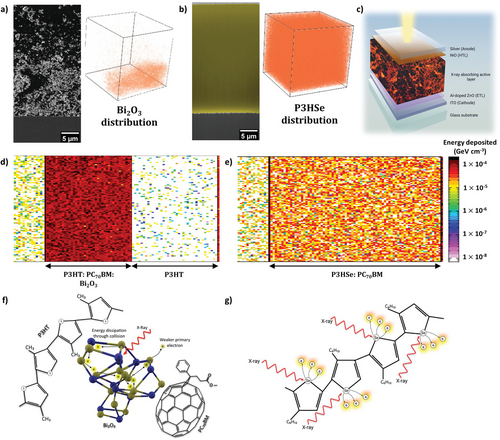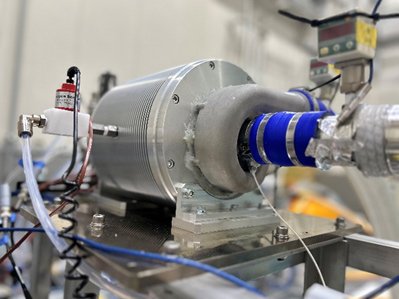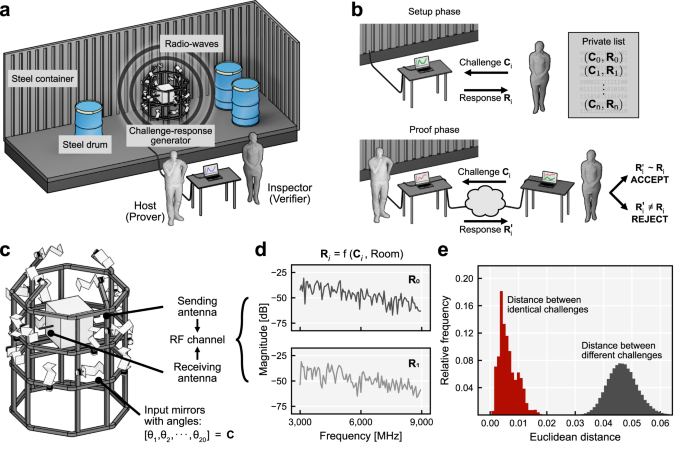2023-11-10 インペリアル・カレッジ・ロンドン(ICL)
イギリスのサリー大学とインペリアル・カレッジ・ロンドンの研究者が開発した柔軟なX線検出器の新素材が、がん治療や空港スキャンなどに革新的な応用を可能にすることが期待されています。また、別の研究では、ビタミンB5ががんの発展に不可欠であることが明らかになり、これが治療の標的となる可能性が示唆されました。さらに、イギリス・インペリアル大学のサイケデリックリサーチセンターの科学者たちは、幻覚物質DMTの新しい投与法により、安全で柔軟な精神科治療の可能性を示唆しています。
◆これまでの硬質な材料に代わり、水素と炭素から成る有機半導体を使用し、新しい検出器は従来よりも詳細なX線画像を生成し、放射線治療や画像診断の安全性向上に寄与する可能性があります。初の試料でありながら、研究者は今後の改良余地が多くあると期待しています。
<関連情報>
- https://www.imperial.ac.uk/news/249434/bendy-x-rays-dmt-infusions-news-from/
- https://onlinelibrary.wiley.com/doi/10.1002/advs.202304261
高原子価ポリチオフェン類似体を用いた組織等価曲面有機X線検出器 Tissue Equivalent Curved Organic X-ray Detectors Utilizing High Atomic Number Polythiophene Analogues
M. Prabodhi A. Nanayakkara, Qiao He, Arvydas Ruseckas, Anushanth Karalasingam, Lidija Matjacic, Mateus G. Masteghin, Laura Basiricò, Ilaria Fratelli, Andrea Ciavatti, Rachel C. Kilbride, Sandra Jenatsch, Andrew J. Parnell, Beatrice Fraboni, Andrew Nisbet, Martin Heeney, K. D. G. Imalka Jayawardena, S. Ravi P. Silva
Advanced Science Published: 02 November 2023
DOI:https://doi.org/10.1002/advs.202304261

Abstract
Organic semiconductors are a promising material candidate for X-ray detection. However, the low atomic number (Z) of organic semiconductors leads to poor X-ray absorption thus restricting their performance. Herein, the authors propose a new strategy for achieving high-sensitivity performance for X-ray detectors based on organic semiconductors modified with high –Z heteroatoms. X-ray detectors are fabricated with p-type organic semiconductors containing selenium heteroatoms (poly(3-hexyl)selenophene (P3HSe)) in blends with an n-type fullerene derivative ([6,6]-Phenyl C71 butyric acid methyl ester (PC70BM). When characterized under 70, 100, 150, and 220 kVp X-ray radiation, these heteroatom-containing detectors displayed a superior performance in terms of sensitivity up to 600 ± 11 nC Gy−1 cm−2 with respect to the bismuth oxide (Bi2O3) nanoparticle (NP) sensitized organic detectors. Despite the lower Z of selenium compared to the NPs typically used, the authors identify a more efficient generation of electron-hole pairs, better charge transfer, and charge transport characteristics in heteroatom-incorporated detectors that result in this breakthrough detector performance. The authors also demonstrate flexible X-ray detectors that can be curved to a radius as low as 2 mm with low deviation in X-ray response under 100 repeated bending cycles while maintaining an industry-standard ultra-low dark current of 0.03 ± 0.01 pA mm−2.




